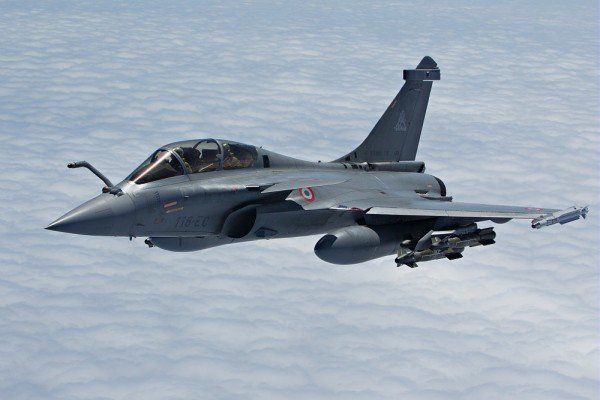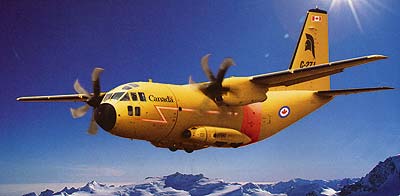 |
| Liberal MP Andrew Leslie (right) produced a study suggesting National Defence headquarters was top-heavy. He advised Liberal Leader Justin Trudeau (left) on defence matters. Photo: Canadian Press |
The Department of National Defence wants to eliminate the positions of around 1,100 managers in the Ottawa area as it tries to create what it calls a “lean headquarters.”
The initiative, based on recommendations from former Lt.-Gen. Andrew Leslie, now the Liberal MP for Orléans, is expected to take several years.
The managers in question, both public servants and those in uniform, aren’t expected to lose their jobs. Instead, they would be moved to front-line positions or employment in priority areas.
DND estimates it has 5,200 “managers” as part of its headquarters in the National Capital Region. Under the plan, that number would drop to 4,087.
DND spokesman Dan Le Bouthillier said that for the purposes of the initiative, the term “manager” was used in its most generic sense. It refers to any manager, military or civilian, at any level who supervises the work of subordinate staff, even a single person.
The “lean headquarters” initiative originally talked about reducing the managers starting in 2014, with the process ending in Spring of 2016. But no reductions have been made yet.
“No changes to personnel have been implemented from the Lean HQ initiative to date, as we are still completing the analysis phase of this initiative,” said Le Bouthillier.
A consulting firm is currently analyzing three headquarters-based groups as part of a pilot study for the initiative. It is unclear when decisions on the employee moves would be made.
But Le Bouthillier said the initiative is complex and is expected to take several years.
A 2011 report by Leslie found that the size of the military and DND had gone from 112,377 in 2004 to 132,870 in 2010. Most of the growth was in headquarters jobs.
Leslie also outlined how DND’s presence in the National Capital Region jumped from 13,199 in 2004 to 18,168 in 2010. That was a 38-per-cent increase, with most of that going to headquarters positions. Leslie went on to become an adviser to Liberal Leader Justin Trudeau.
Trudeau has said that his government will move ahead with the recommendations from Leslie’s report so the military will have “more teeth and less tail.”
“We will reduce the size of administration within the Department of National Defence and the Canadian Armed Forces,” notes the Liberals’ defence platform, released during the election.
DND launched its defence renewal process in the fall of 2013 as it followed up on some of Leslie’s recommendations.
“By rationalizing the number of managers at headquarters and modernizing management practices National Defence will become leaner, with fewer layers and bureaucratic blockages, the decision making process will be expedited and staff will be more empowered to accomplish their assigned tasks,” the department’s defence renewal plan says.
The employees affected by the renewal efforts would be moved to priority initiatives and new military capabilities. For instance, the department and military is interested in expanding its capabilities in cyber security and space operations.
In an October 2011 appearance before the Senate defence committee, Leslie, by then retired, explained the importance of reducing headquarters overhead.
“Just under 20,000 people are paid by DND in the National Capital Region,” he said. “The size of the Royal Canadian Navy is under 20,000. We have more people in Ottawa doing headquarters and headquarters-like activity than we have in the entire Royal Canadian Navy.”
He noted that the navy was short about 1,000 sailors. “We know where they are; they are here in Ottawa,” Leslie said. “They are working in staff jobs.”
The renewal initiative has caused unease among the department’s main union.
John MacLennan, national president of the Union of National Defence Employees, has pointed out that more than 1,000 civilian jobs have been eliminated so far because of cuts ordered by the Conservative government.
In 2012, Prime Minister Stephen Harper told then-defence minister Peter MacKay to further reduce overhead in the department and the Canadian Forces, while not affecting military readiness.
But union officials pointed out that many of the jobs that were cut were jobs needed to support military operations. They included firing range safety officers, defence scientists, weapons specialists, radiation safety advisers. In addition, jobs held by lower-paid workers such as clerks, cleaners and kitchen staff were also eliminated.



